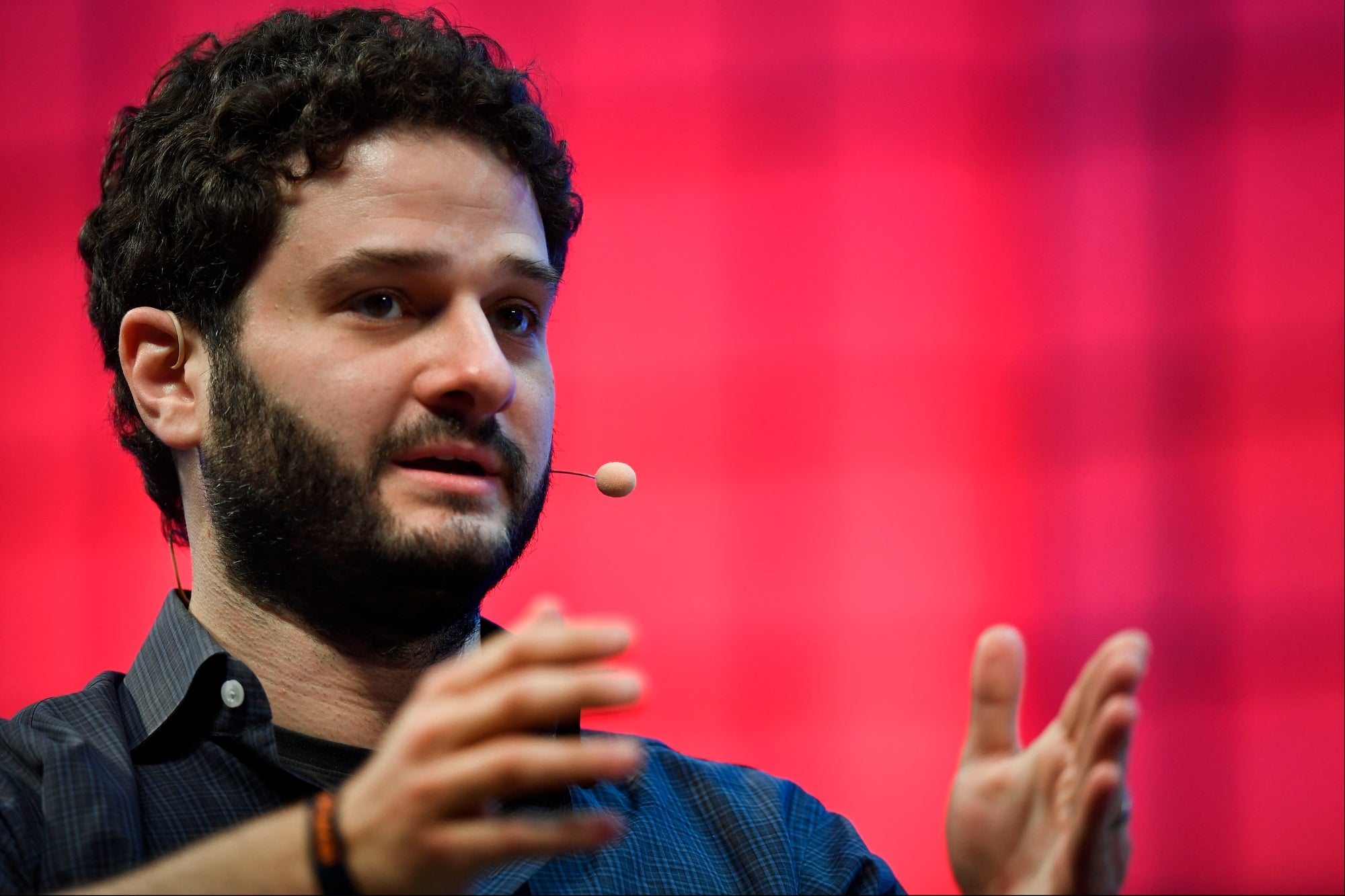The Untold Secret to Building Rock-Solid Trust in Community Projects That Most Leaders Overlook
Ever wonder why so many community projects fizzle out before they even gain steam? The secret sauce isn’t flashy ads or big launches—it’s trust. Think about it: if nobody believes you’re actually listening, would you raise your hand in a meeting or share your bright ideas? Probably not. Here’s a curveball for you—according to a 2023 Urban Institute report, a whopping two-thirds of Americans feel unheard in neighborhood projects. That’s not just a gap—it’s a canyon waiting to be bridged. Building genuine trust might feel like walking a tightrope, but it’s far from rocket science; it’s about showing up, tuning in, and playing the long game with real conversations and partnerships. Ready to flip the script on how you engage your community and turn skeptics into collaborators? Let’s dive into the blueprint that turns “them” into “us.” LEARN MORE
Why Trust Is Everything
You can’t run a community project without trust. People won’t join meetings, share ideas, or support your plans if they don’t believe you’re listening. According to a 2023 Urban Institute study, only 34% of Americans feel they have a voice in local projects that affect their neighborhoods. That means two-thirds of the people you want to help don’t think you care what they think.
That’s a big problem—and a big opportunity. Building trust doesn’t need to be complicated. It just needs to be real.
Start With Listening, Not Announcing
Stop showing up with the answers
Too many projects start with a press release instead of a question. You can’t earn trust by walking in with a finished plan. People want to be heard before decisions are made.
Ernesto Morales from North Star Alliances learned this early in his career. When his team was working with a large memorial park in Los Angeles, they were ready to launch a general outreach campaign. Morales stopped the plan.
“We realized we didn’t understand how different communities handled grief,” he said. “We sat down with local families and asked them what respect looked like to them. That changed everything.”
Instead of rolling out a cookie-cutter plan, they built a program based on real conversations. The result wasn’t just better outreach—it was lasting relationships.
Listening doesn’t mean scheduling one big town hall and calling it done. It means showing up in small ways—at schools, local markets, or even a church meeting—and asking simple questions like: “What’s working here? What’s not?” Then take notes, and more importantly, act on them.
Partner With the People Who Already Have Trust
You don’t need to be the hero
Every community already has its heroes—teachers, barbers, pastors, and small business owners. These are the people residents already trust. Instead of trying to take center stage, put them on your team.
A 2022 Pew Research Center survey found that 72% of Americans trust information from people they know personally more than from institutions. That’s your clue. Work through the people who already have credibility.
Offer them a role with real input and pay them for their time. Don’t just ask for endorsements—build partnerships that give local leaders ownership. That’s how your project moves from being “the city’s plan” to “our plan.”
Make Information Simple and Useful
Speak like a neighbor, not a bureaucrat
If your project update sounds like a press release, it’s not going to connect. Most people aren’t excited about “infrastructure improvement initiatives” or “public-private partnerships.” They want to know how this will change their daily life.
Try this:
- Bad: “Phase Two of the Mobility Enhancement Plan will improve regional transit accessibility.”
- Better: “We’re adding new bus stops near your school and grocery store.”
See the difference? Keep language human. If people don’t understand your message, they won’t trust it.
Morales puts it simply:
“If I can’t explain what we’re doing in one sentence, then I don’t understand it myself.”
Make clarity your superpower.
Share Power, Not Just Updates
Inclusion means more than invitations
Trust grows when people have real influence, not just attendance. Many community projects make the mistake of “informing” rather than “involving.”
If you want people to trust you, give them control over something tangible. Let them vote on project priorities, manage a small part of the budget, or help design the next phase.
Cities like New York and Boston have used participatory budgeting for years—where residents directly decide how a portion of the public budget is spent. Studies show participation goes up by 400% when people can see real results from their input.
When residents make decisions, they take pride in the outcome. And pride turns into long-term trust.
Show Up When It’s Not Convenient
Be there after the cameras leave
Trust doesn’t come from ribbon cuttings or launch events. It comes from consistency.
If you only appear when it’s time to promote progress, people will see through it. The best way to build credibility is to show up when nothing’s in it for you—when there’s no photo op, no media, no agenda.
Morales once attended local meetings for three months before ever speaking. “I wanted to understand the energy in the room,” he said. “By the time I spoke up, people already knew I wasn’t there to talk—I was there to help.”
Communities notice who sticks around.
Admit Mistakes in Public
Honesty beats perfection
Every project hits a snag. The worst move is pretending it didn’t.
In Edelman’s 2021 Trust Barometer, 86% of people said transparency mattered more than performance when deciding whether to trust a leader. That’s huge.
If you make an error, talk about it. Explain what went wrong and what you’ll do next. Even better, ask for ideas on how to fix it. Admitting a mistake shows respect—and respect builds trust faster than polished success stories ever will.
Make Feedback Easy and Fun
The simpler, the better
People hate long forms. They hate surveys even more. If you want real feedback, lower the barrier.
- Set up a pop-up feedback booth at a farmers market.
- Use stickers for quick “yes” or “no” answers.
- Let people text one word responses.
You’ll learn more from 30 five-second answers than from one 30-question survey.
When Morales worked on a city project in Southern California, his team used postcards with two questions: “What do you like about your neighborhood?” and “What needs work?” They got hundreds of replies. People liked being part of something easy—and honest.
Close the Loop Every Time
Always follow up
The number one trust-killer? Silence.
If people give you input and never hear back, they’ll assume you ignored them. A quick follow-up, even if it’s small, goes a long way.
Example: “You mentioned safety near the park. We added more lights last week. Thanks for the idea.”
This shows their voice mattered. It’s proof of respect. And when people feel respected, they show up again.
The Bottom Line: Trust Is Built in the Small Stuff
Trust isn’t a slogan. It’s not a workshop. It’s a pattern.
If you listen before acting, give people real choices, show up often, admit mistakes, and keep the conversation going, trust will build itself.
As Ernesto Morales North Star Alliances often reminds his team, “Big projects fail when they forget the small things. Trust starts with showing people they matter, one conversation at a time.”
That’s the blueprint for every successful community project—start small, stay honest, and keep coming back.
<!–
–>





















Post Comment